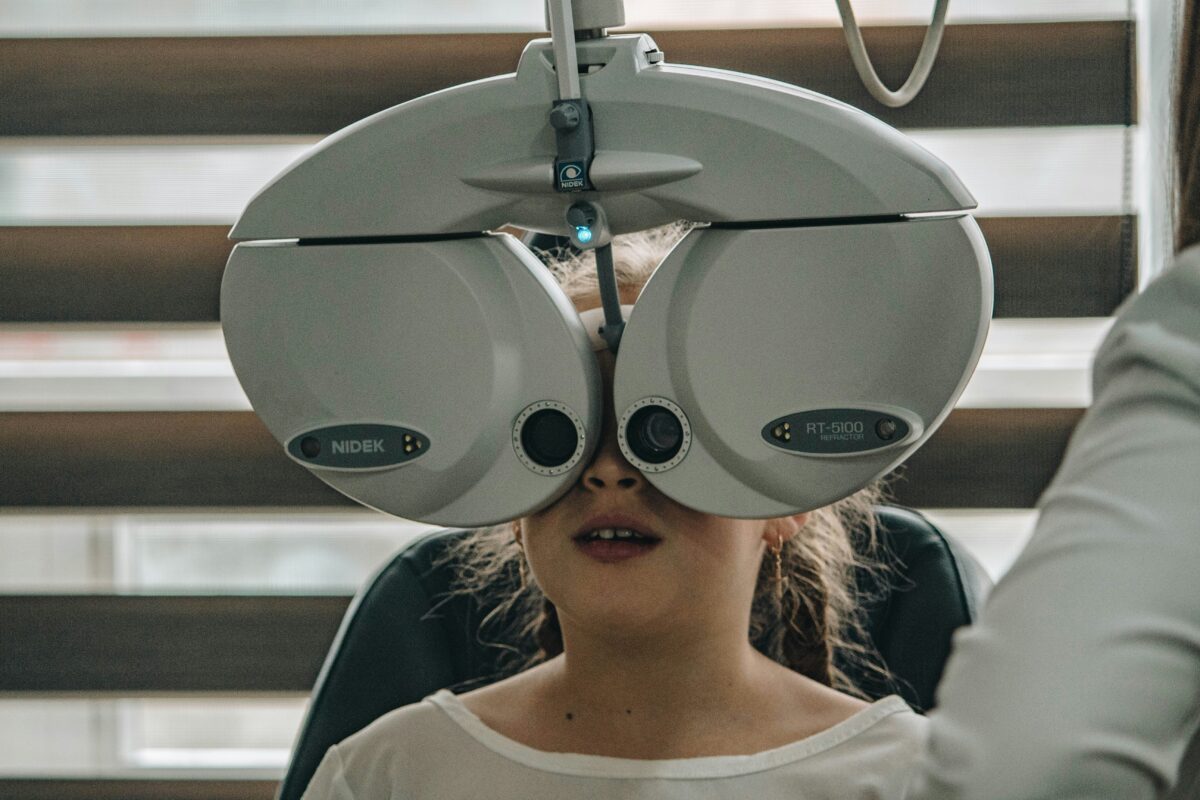Understanding the 10-Panel Drug Test
Introduction
In the modern world, drug testing has become an increasingly relevant measure for employers, legal authorities, and medical professionals to assess potential drug use. Among the various methods of drug testing, the 10-panel drug test stands out as a comprehensive tool designed to detect the presence of various controlled substances within an individual’s system. This type of drug screening is widely used for its broad-spectrum detection capabilities, ensuring a thorough analysis of a person’s recent drug history. In this article, we delve into what a 10-panel drug test is, its significance, what substances it detects, and its implications in various contexts.
The Basics of a 10-Panel Drug Test
A 10-panel drug test is a type of screening that checks for the presence of ten different types of drugs or drug metabolites in the human body. It can be conducted using various biological specimens, such as urine, blood, hair, or saliva, although urine tests are the most common. The primary goal of this test is to ensure safety in the workplace, maintain compliance with legal standards, and support treatment programs in detecting and monitoring substance abuse.
Drugs Detected by the Test
The 10-panel drug test is designed to detect a comprehensive list of commonly abused substances, including both illegal drugs and prescription medications. The standard substances that are screened include:
1. Marijuana (THC)
2. Cocaine
3. Opiates (including heroin, morphine, and codeine)
4. Amphetamines (including methamphetamine)
5. Phencyclidine (PCP)
6. Benzodiazepines
7. Barbiturates
8. Methadone
9. Propoxyphene
10. Quaaludes
Each of these substances has a different detection window, and the length of time they remain detectable in the system can depend on factors such as the individual’s metabolism, the frequency and quantity of drug use, and the type of specimen being tested.
Importance of the 10-Panel Drug Test
The importance of the 10-panel drug test lies in its ability to identify a wide range of illicit substances and prescription medications that may impair an individual’s performance, judgment, and safety. In the workplace, it is a crucial part of employment screening, ensuring that employees are not under the influence of drugs that could lead to accidents, decreased productivity, or liability issues. For legal purposes, it can be used as evidence in court cases or to maintain compliance with drug-free policies. In medical settings, the test assists healthcare providers in diagnosing substance abuse problems and in monitoring treatment progress.
Administration and Procedure
The administration of a 10-panel drug test is typically straightforward. When urine is used as the specimen, the individual being tested will provide a sample in a controlled environment to minimize the possibility of tampering or adulteration. The sample is then sent to a laboratory for analysis. Advanced techniques such as gas chromatography-mass spectrometry (GC-MS) or high-performance liquid chromatography (HPLC) are employed to ensure accurate and reliable results. After the lab processes the sample, the results are reported to the employer, legal authority, or medical professional who requested the test.
Interpreting the Results
Results from a 10-panel drug test can be either positive or negative. A positive result indicates that one or more of the screened substances are present in the individual’s system above the established cutoff levels. A negative result means that none of the substances tested for were detected, or they were present in amounts below the cutoff levels. It’s important to note that a positive result doesn’t necessarily indicate impairment or addiction; it simply shows that the individual has been exposed to the substance.
False Positives and Confirmatory Testing
Occasionally, a 10-panel drug test may yield a false positive result, which occurs when the test incorrectly indicates the presence of a drug. This can be due to cross-reactivity with other substances, such as certain medications or foods, or due to errors in the testing process. To mitigate this issue, confirmatory testing is typically conducted on any positive results using more precise methods, ensuring the accuracy of the final report.
Legal and Ethical Considerations
The use of the 10-panel drug test, like any drug testing method, is subject to legal and ethical considerations. Employers must comply with federal and state laws regarding drug testing, including providing notice and obtaining consent from employees or job applicants. Additionally, the confidentiality of test results is protected by privacy laws, and individuals have the right to challenge any positive findings.
Application in Various Contexts
The 10-panel drug test is utilized in diverse contexts, each with specific goals and implications:
– Employment: Employers use this test to maintain a safe and productive work environment, and in some industries, drug testing is mandated by law.
– Legal: Courts may order drug tests in cases of drug-related offenses, custody battles, or as a condition of parole or probation.
– Medical: Healthcare providers use drug tests to diagnose substance abuse disorders and to monitor patients during treatment.
– Sports: Athletic organizations conduct drug tests to enforce fair play and prevent the use of performance-enhancing drugs.
Conclusion
A 10-panel drug test is a critical tool used across various domains to detect the use of controlled substances and to uphold safety standards. Its comprehensive nature allows for the detection of a wide array of drugs, making it an indispensable resource for employers, legal systems, and healthcare providers. With its widespread application and significant implications, understanding the mechanics, administration, and interpretation of the 10-panel drug test is essential for all stakeholders involved. As society continues to grapple with the challenges posed by drug abuse, the role of such testing in fostering safe and healthy communities remains invaluable.
